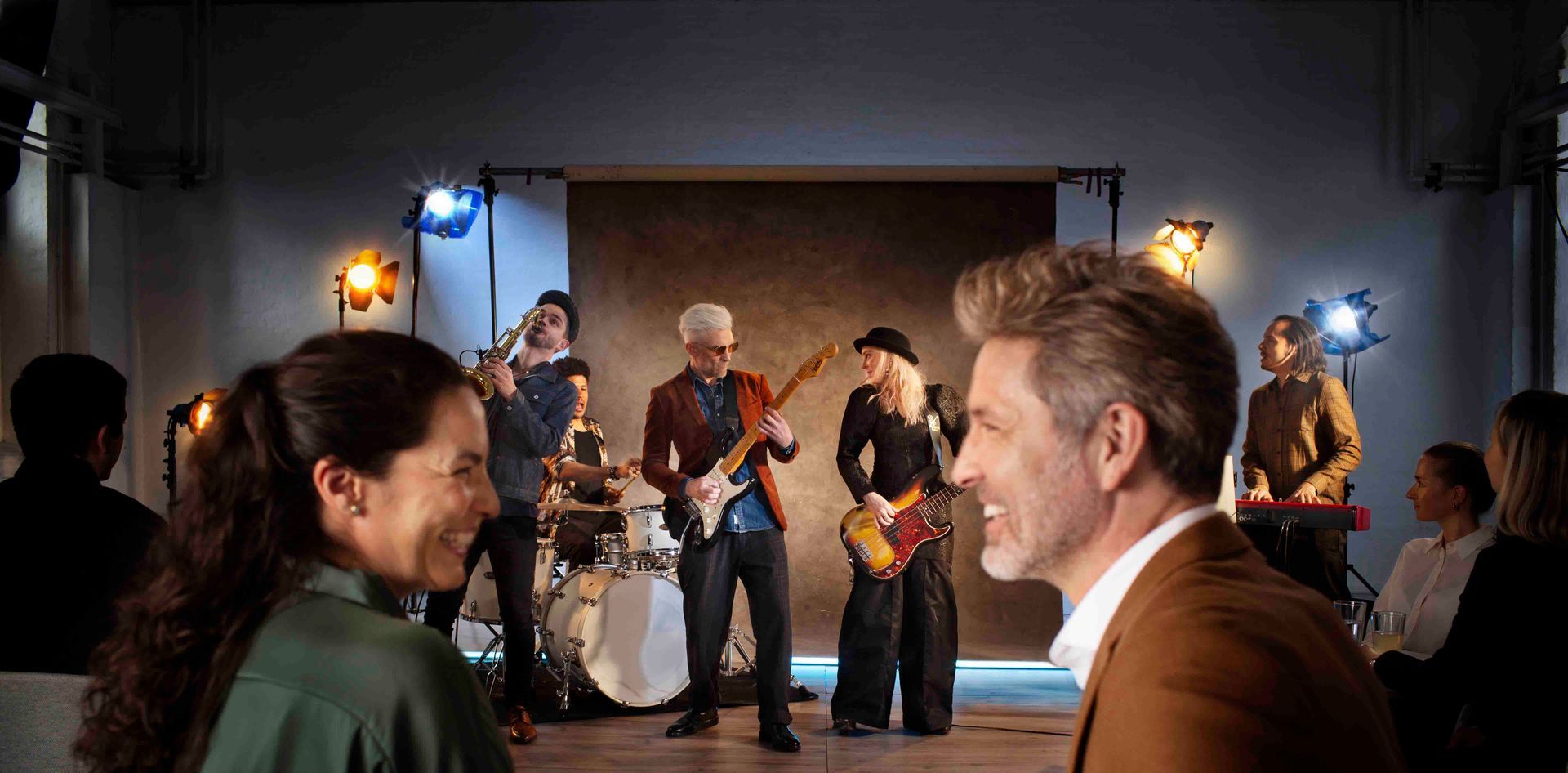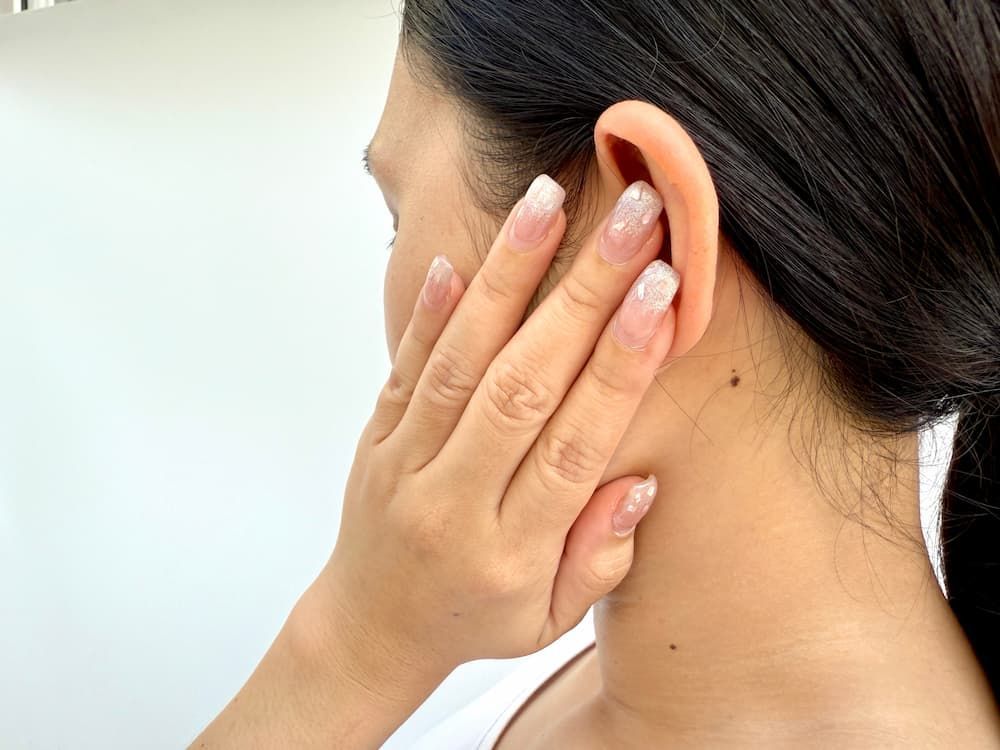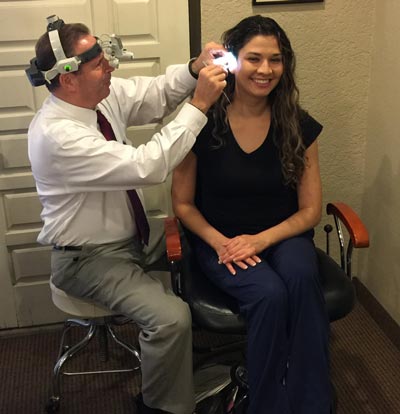Hearing Loss for Military Veterans: VA-Friendly Hearing Solutions in AZ
July 24, 2019

Hearing Loss For Military Veterans Is Common

loss of hearing is an inevitable cost of war
Scary Statistics
- Almost every soldier, sailor, marine and any other member of the armed force are exposed to hazardous noise levels at some point in their career. Estimates show that more than 2.6 million US military personnel have been engaged in combat in the last decade.
- The CDC (Center for Disease Control) estimates that an astounding 414,000 veterans have returned home with mild to severe tinnitus or hearing loss after 2001.
- A paper by Yong and Wang published in 2015, reported that the prevalence of hearing impairment in the military population is far greater than in the general public.
- In 2012, the two most prevalent disabilities for veterans in the United States are tinnitus and hearing loss, with tinnitus affecting 115,638 veterans (9.7%) and hearing loss affecting 69,326 veterans (5.8%).
- Another study published in the Journal of General Internal Medicine, in 2011, observed that 16.4 -26.6 % of men and 7.3 - 13.4 % women in military service suffer from serious hearing loss and tinnitus.
- A 2015 study by Theodoroff, reported that tinnitus, noise-induced hearing loss, and central auditory dysfunction in veterans are categorized under secondary injuries. These injuries are not routinely evaluated and not properly funded.
Causes:
 A military environment is very noisy. Not a basic humdrum but unbelievably loud noises. Sounds such as the engines of ships, planes, helicopters and tanks and general military and combat noise is enough to cause severe tinnitus and loss of hearing.
A military environment is very noisy. Not a basic humdrum but unbelievably loud noises. Sounds such as the engines of ships, planes, helicopters and tanks and general military and combat noise is enough to cause severe tinnitus and loss of hearing.- Severe hearing loss is caused by bomb detonations, improvised explosive devices, and loud weapons. For example, the crack of a standard M16A2 rifle is 152 decibels, which might be enough to cause irreparable damage.
- Training exercises with machine guns, artillery, explosives, are all very loud noises.
- Field generators and powerful “bunker-buster” bombs are louder.
- New technology has enabled larger and louder weapons than before and therefore the incidence of hearing impairment is probably rising each year.
The challenges:
It takes 7 years to seek help
Exposure to blasts affects central auditory processing
Treatment

The information provided in this article is not meant to be medical advice and is for educational purposes only. If you would like to learn more about this and other hearing-related topics, feel free to contact Tinnitus & Hearing Center of Arizona by clicking here or by calling 480-831-6159.
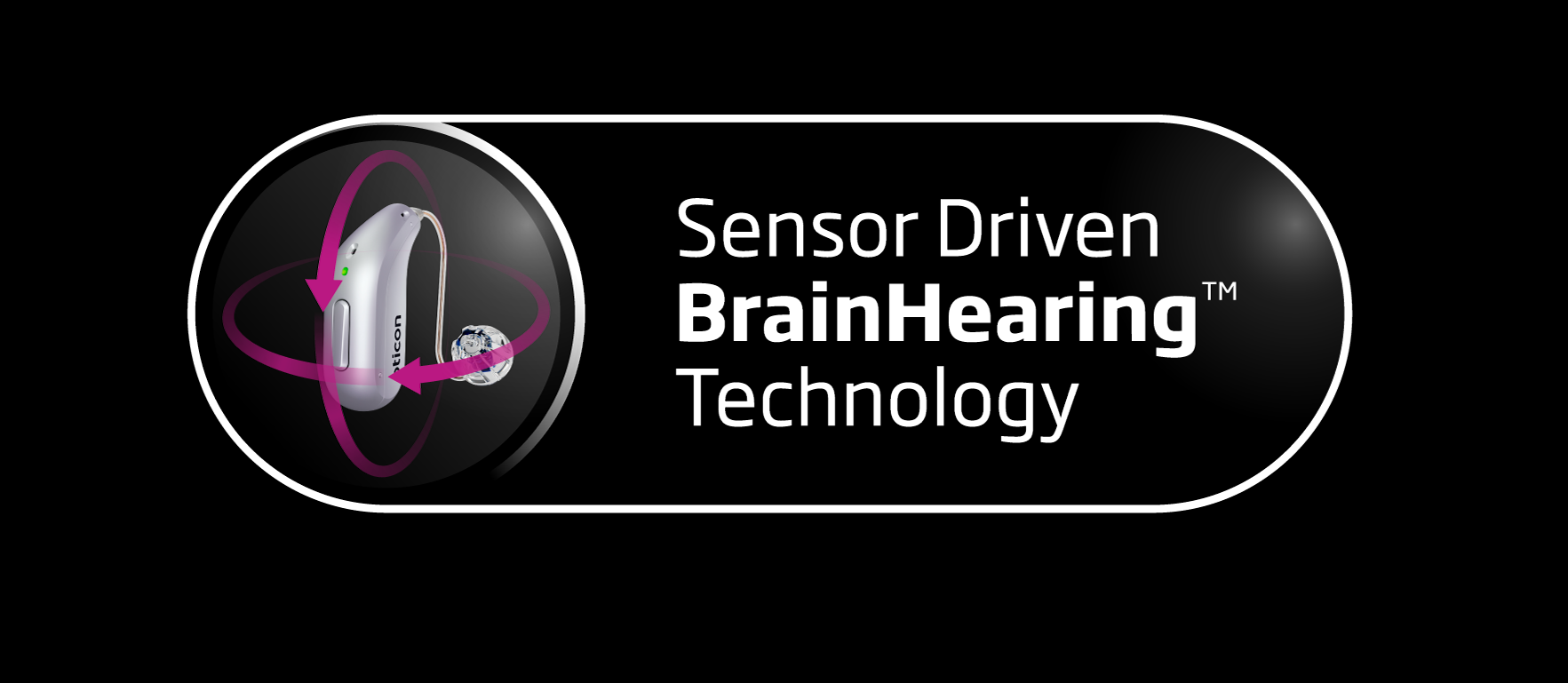
We’re still surprised how many people have outdated ideas about what hearing aids are like. It’s common for patients to come in expecting large, uncomfortable devices that distort sounds or make everything seem tinny or artificial. In fact, one of the first things many of our patients say is, “I can’t believe how natural everything sounds!” Or they might remark on how comfortable they are to wear. We love pleasantly surprising people!
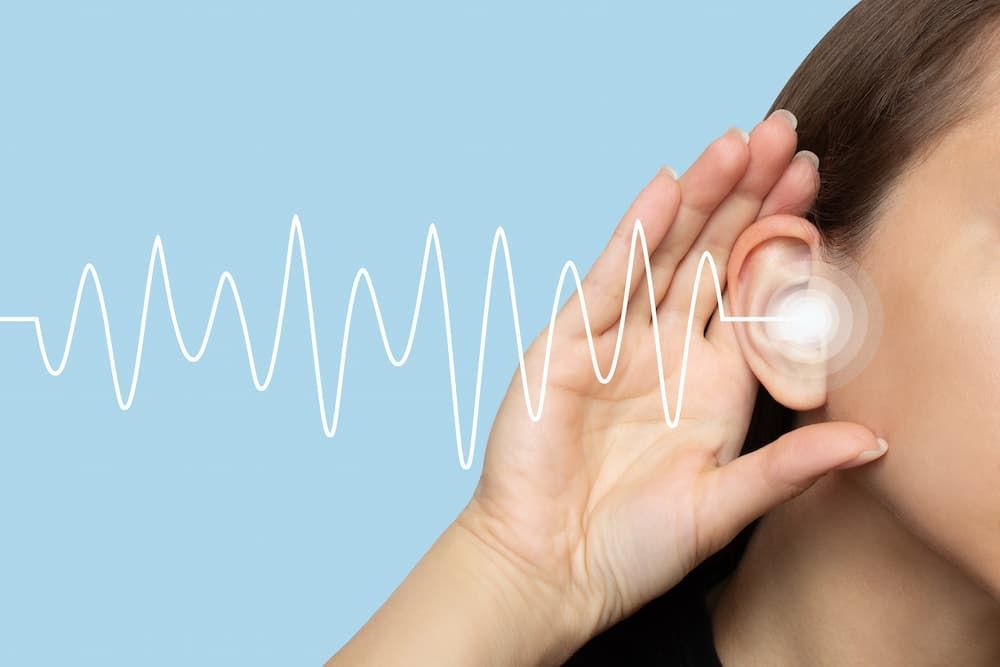
Hearing aids can improve your quality of life tremendously, but that's if they've been properly fitted -- and if you've received a model that works well with your specific type of hearing loss and your lifestyle. When you choose your hearing aids, you'll encounter a few companies that all offer good products. These four in particular are recommended by our audiologists. ReSound First up is ReSound, which has been helping people with hearing loss since 1943. About the manufacturer ReSound focuses on making sound more natural (the company calls this "organic hearing") while using the latest broadcast technology to bring you clearer sound and more efficient controls. The company also offers accessories that work with TVs to stream sound directly to the hearing aids. Benefits of ReSound ReSound's research and development focuses on making hearing aids as easy to control and as seamlessly integrated into your life as possible. Control the hearing aids via a smartphone app, and get ready to stream TV and radio right to your hearing aids when Auracast technology becomes available. Why We Recommend ReSound ReSound is adding Auracast to its Bluetooth-enabled Nexia hearing aids, which will enable you to receive TV and radio broadcasts directly to your hearing aids. The Nexia is suitable for mild to profound hearing loss. ReSound hearing aids also use Bluetooth Low Energy Audio, which preserves battery life and provides better sound. Oticon Next is Oticon, which has been around in one form or another since 1904. The company first used the Oticon name in 1946. About the manufacturer Oticon's roots lie in one Danish man's contract with an English hearing aid company to distribute hearing aids in Denmark. Over the decades, that contract grew into a full-fledged, family-owned hearing aid manufacturer with worldwide distribution. Benefits of Oticon Oticon's focus over the past several years has been on technology that allows for better connectivity along with sound technology that works to fill in gaps, rather than just amplify. Why We Recommend Oticon Oticon's hearing aid models have had internet and mobile phone connectivity for almost a decade. One of its latest models, the Intent, has AI-driven sensors that predict your hearing assistance needs in real time, adjusting to the situation you're in instead of giving you fixed amplification levels that may not work in every situation. The Intent is suitable for mild to severe hearing loss and also works with Auracast and Bluetooth LE technology. Phonak The third company on the list is Phonak, which has been around since 1947. About the manufacturer Phonak is a Swiss company that has consistently worked to improve its hearing aids in ways you never knew you needed, such as having the first water-resistant hearing aid housing for aids for severe hearing losses. Phonak is owned by Sonova, which also makes the Sennheiser brand of audio and recording accessories. Benefits of Phonak Phonak offers a very broad range of hearing aids and also produces the Roger wireless microphone. This helps hearing aid users overcome ambient noise -- no matter what their level of hearing loss -- so that speech is clearer even in very noisy situations. Why We Recommend Phonak Phonak's Naida Lumity is not only Bluetooth-enabled, but it also uses Phonak's SmartSpeech technology to zero in on speech as ambient noise levels change. Sensors locate the dominant speech in a room and direct microphones toward the sound, and the technology enhances speech cues to provide more information about what's being said. Starkey Last, but not least, is Starkey, an established U.S. company that's been in business since 1967. About the manufacturer Starkey started off as a hearing aid repair company in Minnesota. Over the years, the company has launched innovative programs for hearing education, battery recycling, and hearing aid testing. Benefits of Starkey The company has long been a leader in customer service, starting with fixed charges for repairs and adding trial periods and warranties, which were not typical at the time Starkey started offering them. The company was the first to design in-the-canal aids with its Tympanette model. It's also designed with advanced digital and programmable lines of hearing aids. Why We Recommend Starkey Starkey recently released the Edge AI hearing aid series that offers speech enhancement, rechargeable batteries, and Bluetooth LE technology. The Edge AI series works with all levels of hearing loss. Find the Right Hearing Aid for You The sheer number of hearing aid companies, let alone the sheer number of hearing aids, can be intimidating for anyone. Dr. Allen Rohe and Amy Rohe at the Tinnitus & Hearing Center of Arizona in the Phoenix-Mesa metropolitan region can help you find hearing aids that work best for you. Contact us to arrange for a consultation to discuss testing and fitting for your needs. Image Souce: Janeberry /Shutterstock

